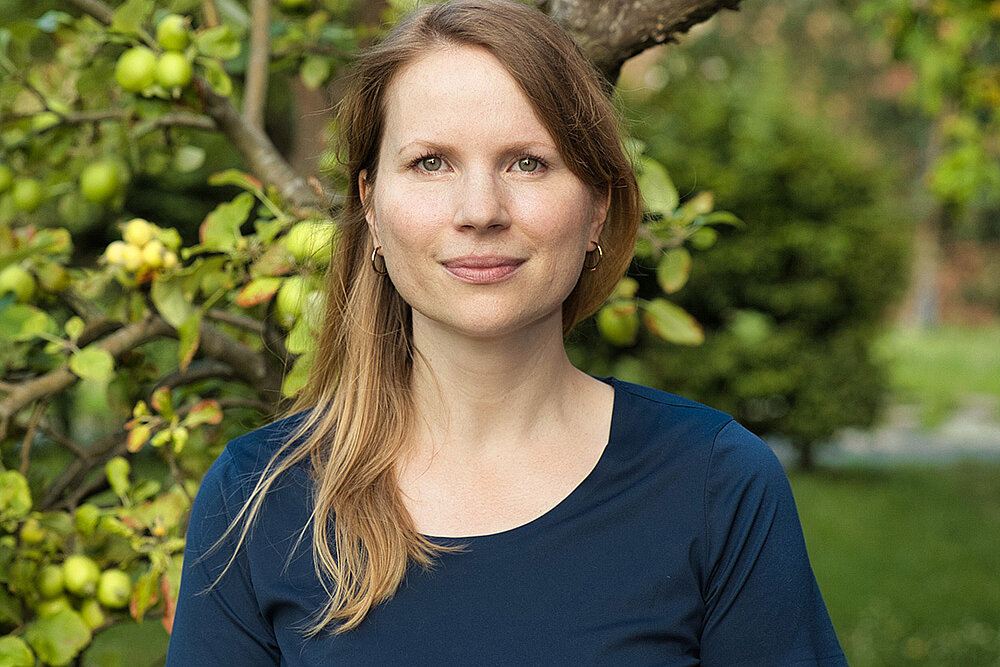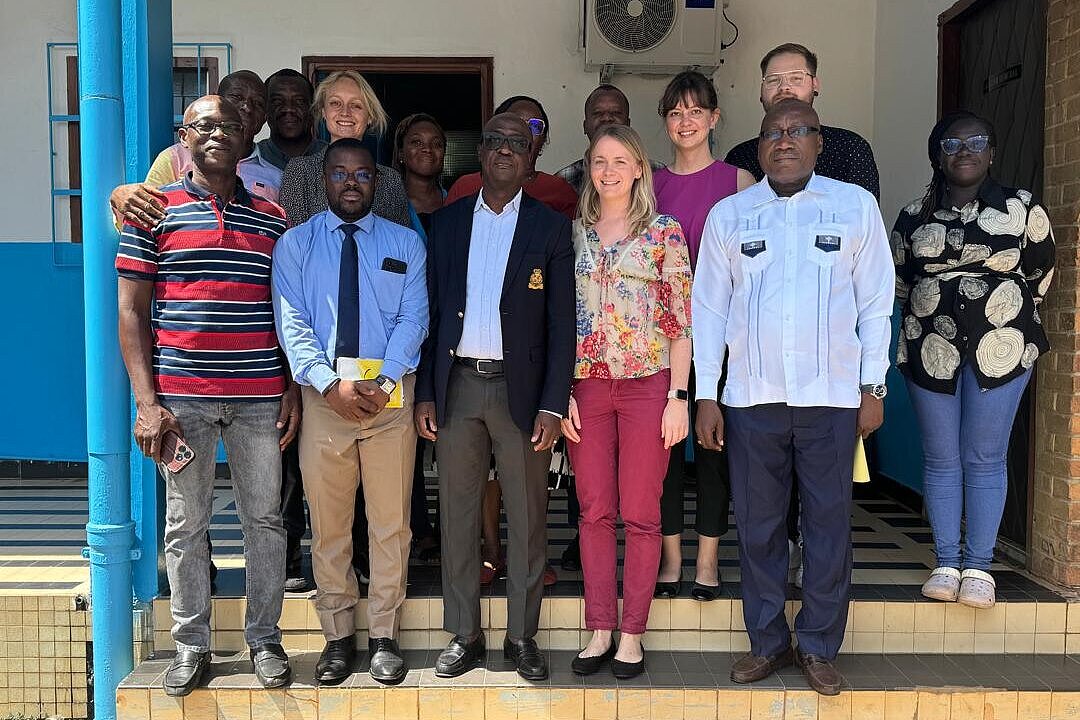The team was warmly welcomed by Dr. Barbara Richter and Prof. Herbert Weissenböck, who facilitated both scientific and logistical aspects of the stay and granted access to the university’s renowned pathological collection — the largest of its kind in Europe. More than 6,000 specimens, many dating back to the early 20th century, are exhibited thematically in display cases. The collection documents organ alterations due to infectious diseases such as rinderpest and glanders, which are now rare in Central Europe, and continues to play a vital role in veterinary education.
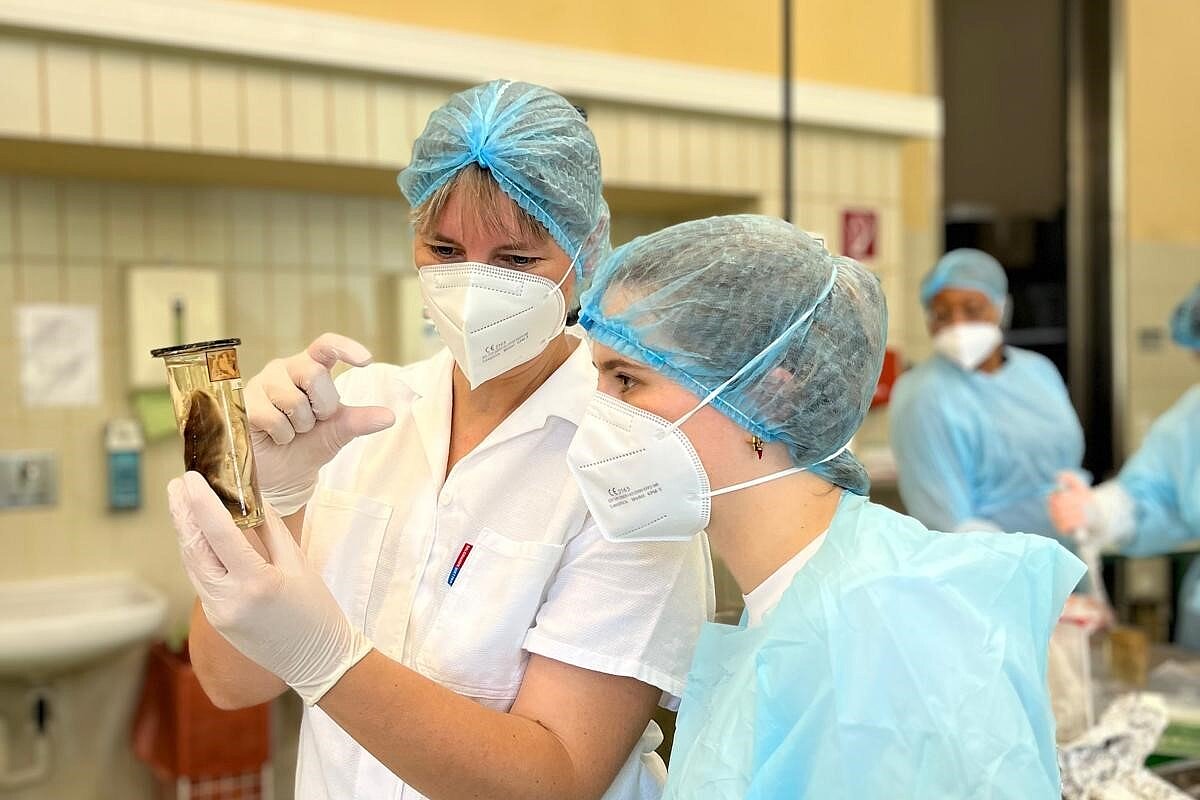
Tracing ancient pathogens in Vienna
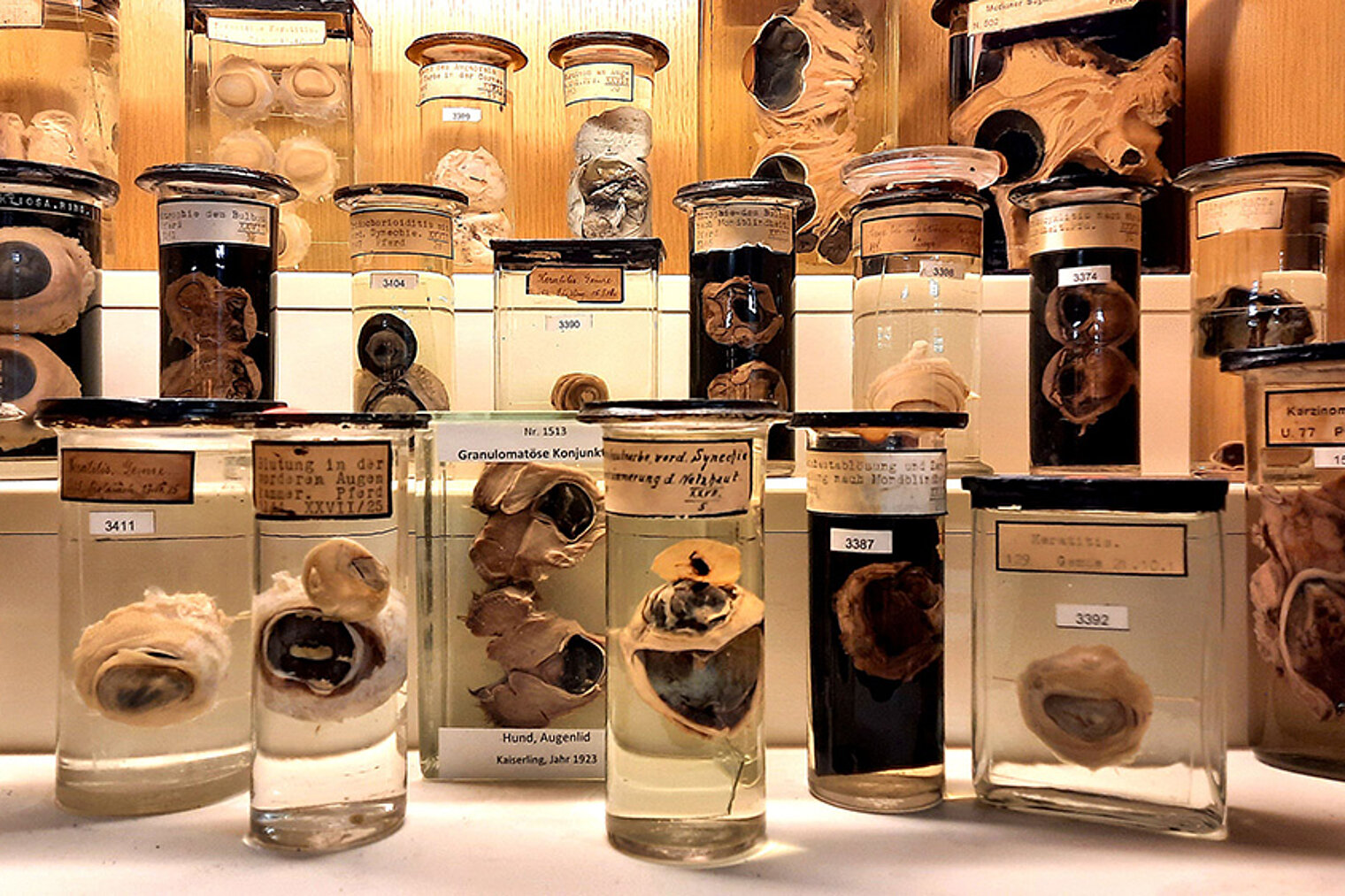
![[Translate to English:] Nasspräparate](/fileadmin/_processed_/d/3/csm_PAEV-Retreat_HIOH_Wien2025_Figure_2_1e9e799ffa.jpg)
![[Translate to English:] pathologische Sammlung](/fileadmin/_processed_/f/3/csm_PAEV-Retreat_HIOH_Wien2025_Figure3_324c54fc17.jpg)
Journalist Laura Salm-Reifferscheidt accompanied the work for a feature piece, while ongoing projects on major animal pathogens such as avian influenza, foot-and-mouth disease, and rinderpest were discussed. A highlight of the retreat was the participation of Prof. Ludovic Orlando (CAGT, University of Toulouse) and Prof. Laurent Frantz (LMU Munich), whose expertise in ancient DNA and animal genomics offered fresh impulses for future collaborations.
On the final day, an ongoing collaboration with Dr. Eduard Winter led the team to the historic Narrenturm — Europe’s first psychiatric institution, now home to one of the oldest pathological-anatomical collections in Europe. The human specimens there offered an exciting comparison to the veterinary collection and inspired new interdisciplinary approaches in historical pathogen research.
The team retreat was marked by intensive scientific exchange, inspiring conversations, and productive discussions that sparked new ideas for future projects. The researchers decided on intensifying the collaboration with colleagues doing ancient animal genomics, with the objective to simultaneously address the consequences on hosts and pathogens of changes in breeding practices and animal health management.
The combination of hands-on sample work, cross-disciplinary dialogue, and collegial collaboration made the stay in Vienna especially valuable. The close cooperation on site not only advanced the ongoing projects but also laid the groundwork for future partnerships.
A contribution by Annika Graaf-Rau
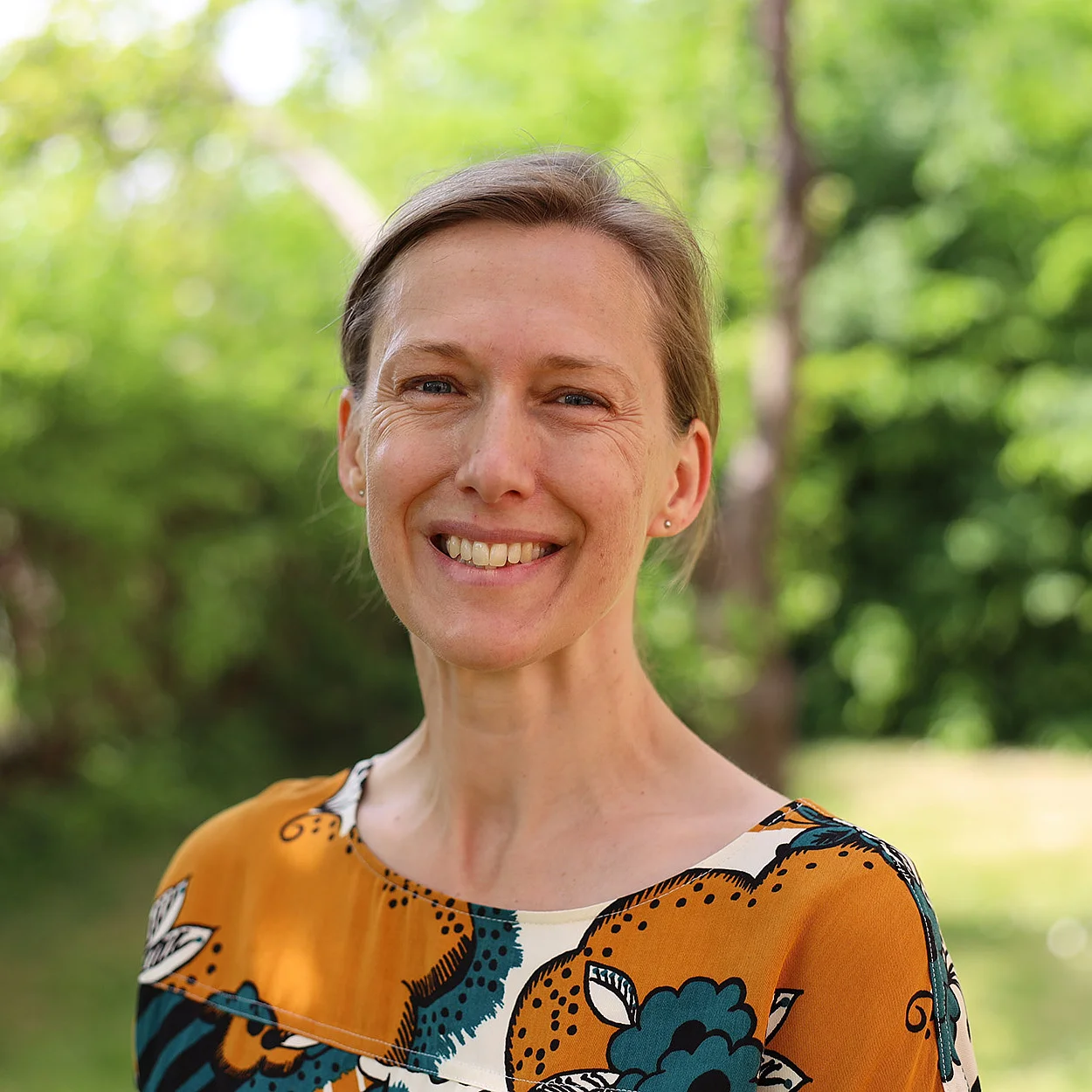
![[Translate to English:] PAEV-Team bei der Entnahme historischer Proben](/fileadmin/_processed_/4/6/csm_PAEV-Retreat_HIOH_Wien2025_Figure_4_8276aa724e.jpg)
![[Translate to English:] Probenahme an einem historischen Kaninchenpräparat](/fileadmin/_processed_/3/8/csm_PAEV-Retreat_HIOH_Wien2025_Figure_5_ffa327ca03.jpg)
![[Translate to English:] Gruppenfoto](/fileadmin/_processed_/f/e/csm_PAEV-Retreat_HIOH_Wien2025_Figure_6_5a239ad573.jpg)
